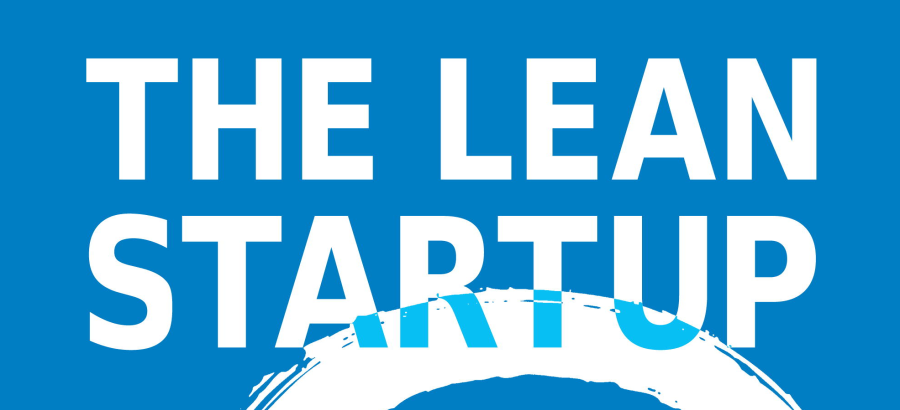The previous part talked about growth of a startup. But an entrepreneur needs to ensure that the growth happens in an orderly fashion, quality doesn’t get compromised in the rush for mad growth. Any shortcuts committed now would speed up the process only in the short term and would slow down future changes. This is a fact known to every good software developer. If you skimp on quality now, which amounts to incurring technical debt, you would have a tough time making changes to the code later. The only solution would be to slow down first and pay off the debt by improving the quality. Once quality is maintained, the process automatically picks up pace and cruises along smoothly.
There is a root cause analysis technique called Five Whys. It allows one to get to the bottom of an issue by repetitively asking “why?” to each response. Ries suggests using the same to identify issues with the process and making a commitment for solution at each level of why in tune with the problem. Also, the following rules help build a smooth, error-free process:
- Be tolerant of all the mistakes the first time.
- Never allow the same mistake to be made twice.
Ries says that startup teams need to have a certain structure in order to have a good chance at success. They need to have the following structural attributes:
- Scarce but secure resources: there should be just enough resources that the startup needs. Too much of it would cause wastage and too less would stifle growth. And the resources should not be poachable.
- Independent authority to develop their business: because a startup is required to carry out experiments and tune its engine, it needs full autonomy to develop and market its products in order to achieve success.
- Personal stake in the outcome: unless the team feels personal about the product it is building and unless its own success is tied to that of the product, there’s only a slim chance of success.
Reiterating a point that was mentioned earlier in this series, a startup should focus on doing the right thing first and then doing things right. In software development, the practice of Test Driven Development (TDD) ensures that only as much code gets written as needed. Nothing more, nothing less. This blends well with one of the main principles of Lean which aims at reducing waste.
This concludes the series of blog posts on Lean Startup.
Disclosure: This series is primarily based on Eric Ries’s book The Lean Startup. I have added to it my own experience with Lean and Agile as software development methodologies.


One thought on “How to Raise a Lean Startup – V”